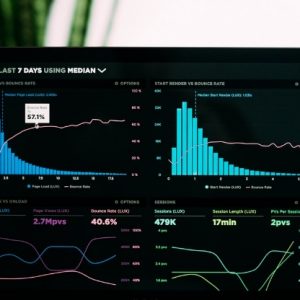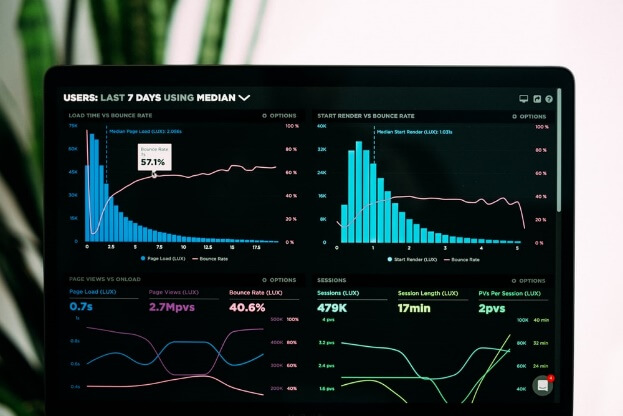Introduction
At the present stage of the development of society, information is the same asset of a company as its services or products, technologies and processes, labor, and financial resources.
Usually, most of the information is stored and processed electronically in  many companies. Of course, this allows us to automate business processes and significantly increases the usability and speed of interaction. However, the risks associated with a violation of the established status of information (confidentiality, integrity, accessibility) grow in proportion to the benefit.
many companies. Of course, this allows us to automate business processes and significantly increases the usability and speed of interaction. However, the risks associated with a violation of the established status of information (confidentiality, integrity, accessibility) grow in proportion to the benefit.
What errors lead to data loss?
| 1. Physical defects of devices | If the hard disk is damaged, you may notice signs of file corruption before the final data loss. Knowing the signs of a hard disk failure, you need to back up to prevent permanent data loss. Damage to external equipment can also lead to unavoidable consequences. |
| 2. Overheating of the central processor | It can also lead to a chain reaction and computer failure. Constant system failures and sudden outages can also cause data destruction. If the system crashed while working with the file, attempts to restore the file will be futile. |
| 3. A virus attack | It will also not lead to anything good. A virus is usually designed to destroy data. By installing a good antivirus, you can avoid, or at least easily solve this problem. Unconsciously downloading lots of free data from the Internet can also have dangerous consequences. It is important to understand that these files, especially advertising products, can damage your computer in just a few seconds. Online virus distributors use adware to gain access to personal information. |
| 4. Random formatting. | A person can accidentally press the format command. Formatting is a deadly sin committed with a disc that contained important data. Formatting a disk is its complete cleanup. Some good utility programs can recover data lost as a result of formatting. |
The consequences
Data loss is associated with an unfair attitude to its protection. The disclosure of confidential information leads to direct material losses, loss of intellectual property, a decrease in the reputation of the organization, and the level of trust of customers and partners. Also, the risk of financial liability of the company for violation of the legal rules governing the processing of confidential data increases. Protection from hackers and viruses should be one of the main tasks for the company.
Means of protection
Even though all the measures against data leakage require significant funds, they are needed to be implemented. The best technical option to prevent data leakage is to use DLP (Data Loss / Leakage Prevention) class systems.
All DLP systems can be divided according to several criteria into several main classes. There are also systems with active and passive control of user actions. The first systems are good at fighting accidental data leaks, but at the same time they can prevent the organization’s business processes from being stopped accidentally, while the second ones are safe for business processes, but they are suitable only for dealing with systematic leaks.
The former can block the transmitted information, the latter, respectively,  do not possess such an ability. The first systems are much better at fighting accidental data leaks, but at the same time, they can prevent the organization’s business processes from being stopped accidentally, while the second ones are safe for business processes, but are only suitable for dealing with systematic leaks.
do not possess such an ability. The first systems are much better at fighting accidental data leaks, but at the same time, they can prevent the organization’s business processes from being stopped accidentally, while the second ones are safe for business processes, but are only suitable for dealing with systematic leaks.
Conclusion
The best way to avoid war is to be prepared for it. To prevent any cyberattack, it is better to be proactive and identify vulnerabilities in your defense system. This process is extremely responsible, and therefore requires high professionalism.



